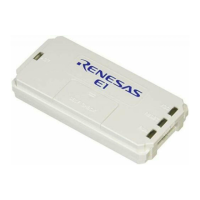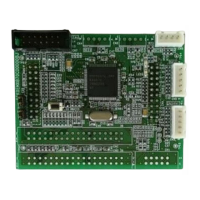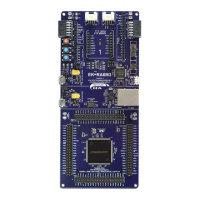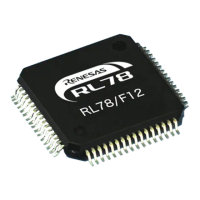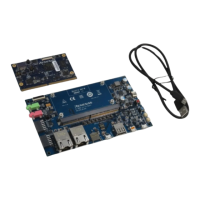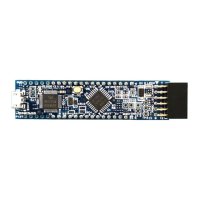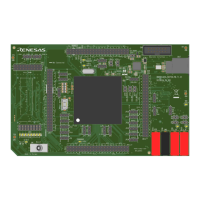13
13-2
32180 Group User’s Manual (Rev.1.0)
CAN MODULE
13.1 Outline of the CAN Module
The 32180 contains two-channel Full CAN modules compliant with CAN (Controller Area Network) Specification
V2.0 B Active. These CAN modules each have 16 message slots and three mask registers, effective use of which
helps to reduce the data processing load of the CPU.
The CAN modules are outlined below.
Table 13.1.1 Outline of the CAN Module
Item Description
Protocol CAN Specification V2.0 B Active
Number of message slots Total 16 slots (14 global slots, two local slots)
Polarity 0: Dominant
1: Recessive
Acceptance filter Global mask: 1
(Function to receive only a range Local mask: 2
of IDs specified by receive ID filter)
Baud rate 1 time quantum (Tq) = (BRP + 1) / (CPU clock/2)
(BRP: Baud Rate Prescaler set value)
Baud rate =
1
.....
Max 1 Mbps (Note 1)
Tq period × number of Tq’s for one bit
BRP: 1–55 (0: inhibited)
Number of Tq’s for one bit = Synchronization Segment + Propagation Segment
+ Phase Segment 1 + Phase Segment 2
Propagation Segment: 1–8Tq
Phase Segment 1: 1–8Tq
Phase Segment 2: 1–8Tq (IPT = "1")
Remote frame automatic The slot that received a remote frame responds by automatically sending a data frame.
response function
Timestamp function This function is implemented using a 16-bit counter. The count period is derived from the
CAN bus bit period by dividing it by 1, 2, 3 or 4.
BasicCAN mode BasicCAN function is materialized using two local slots.
Transmit abort function Transmit requests can be canceled.
Loopback function The CAN module receives the data transmitted by itself.
Return bus off function Error active mode is forcibly entered into after clearing the error counter.
Single shot function Transmission is not retried even when it failed due to arbitration-lost or a transmit error.
DMA transfer function DMA transfer request is generated when transmission failed or transmit/receive operation
finished (CAN0 only).
Self-diagnostic function Communication module is diagnosed by communicating internally in the CAN module.
Note 1: The maximum allowable error of oscillation depends on the system configuration (e.g., bus length, clock error, CAN
bus transceiver, sampling position and bit configuration).
13.1 Outline of the CAN Module
Table 13.1.2 DMA Transfer Requests Generated by CAN
DMA Transfer Request by CAN DMAC Input Channel
CAN0: Slot 0 transmission failed or slot 15 transmit/receive operation finished DMA0
CAN1: Slot 1 transmission failed or slot 14 transmit/receive operation finished DMA2
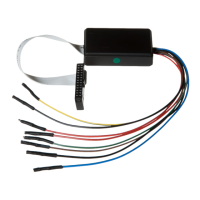
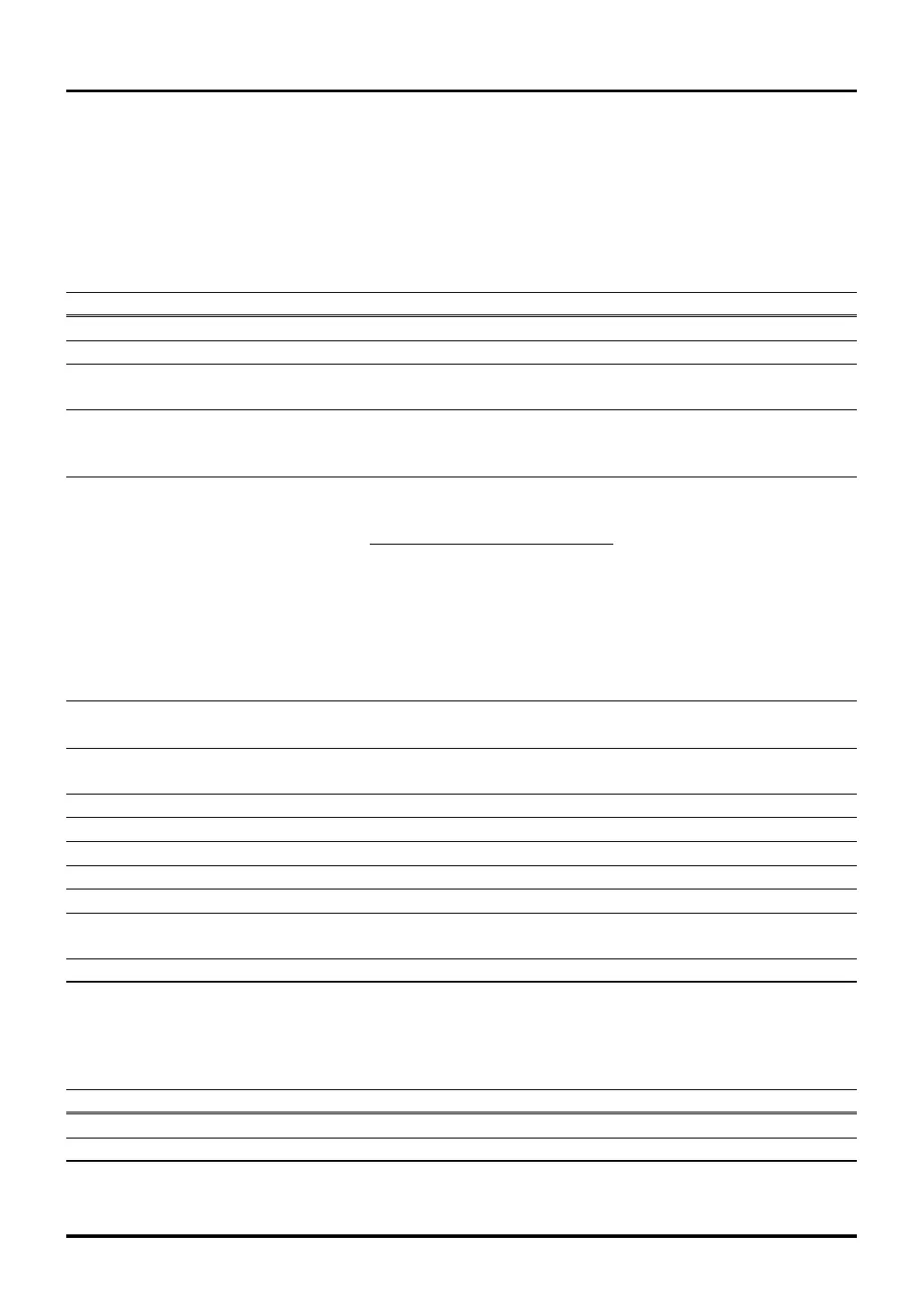